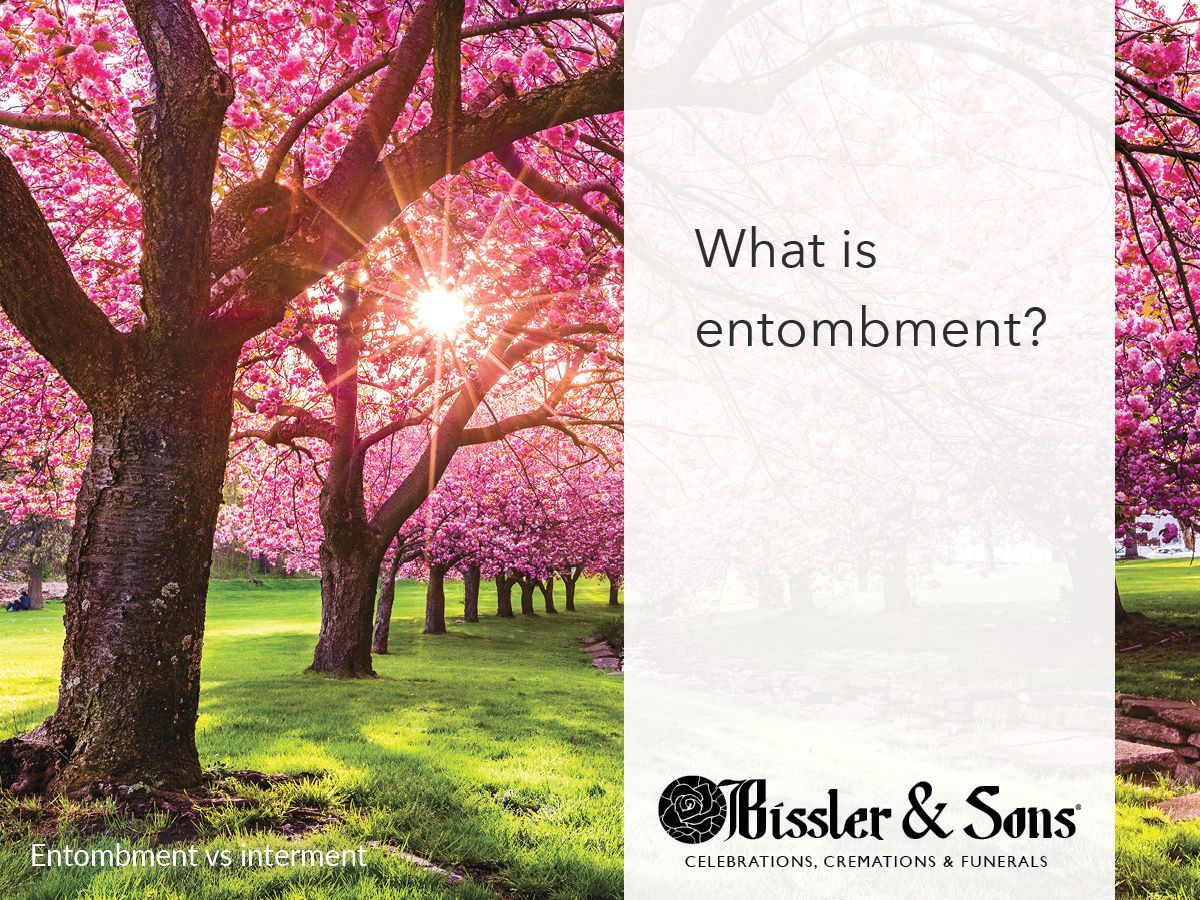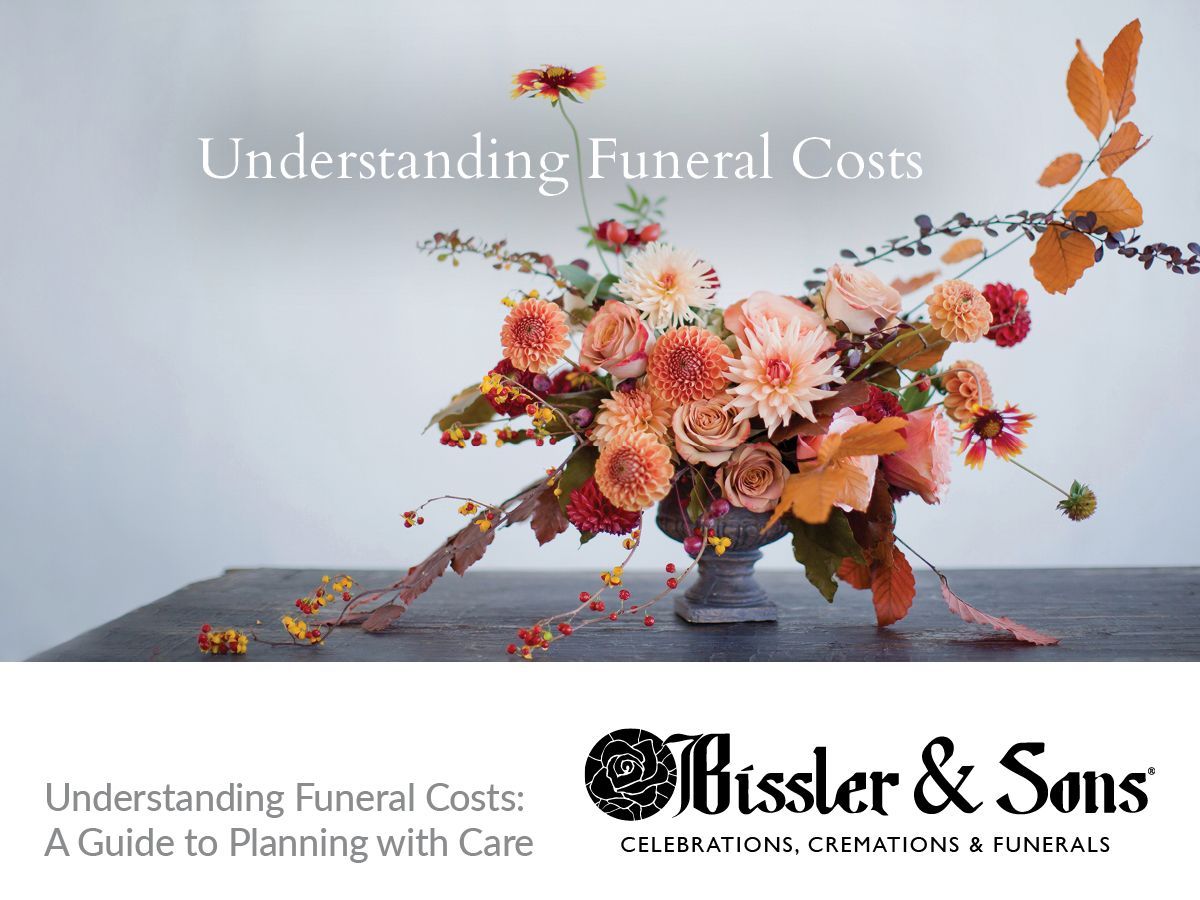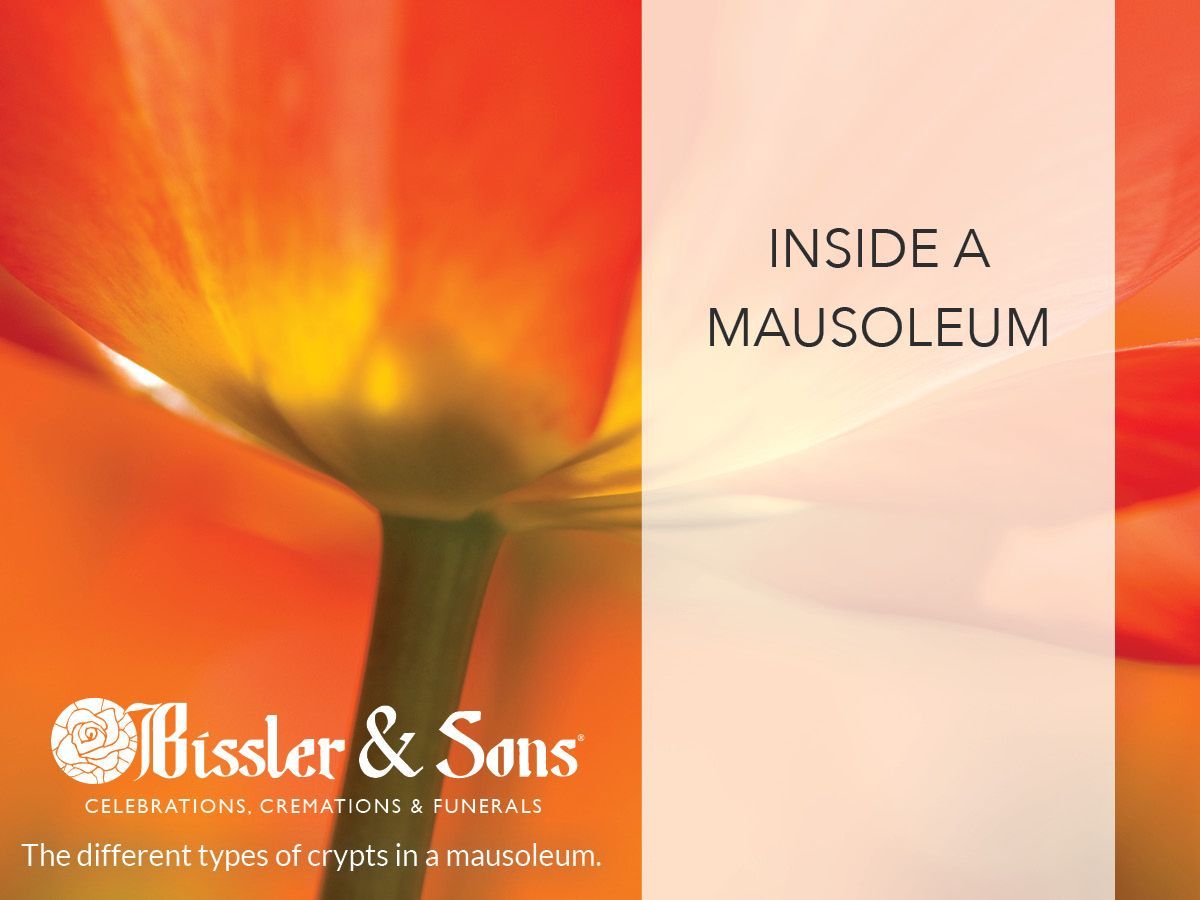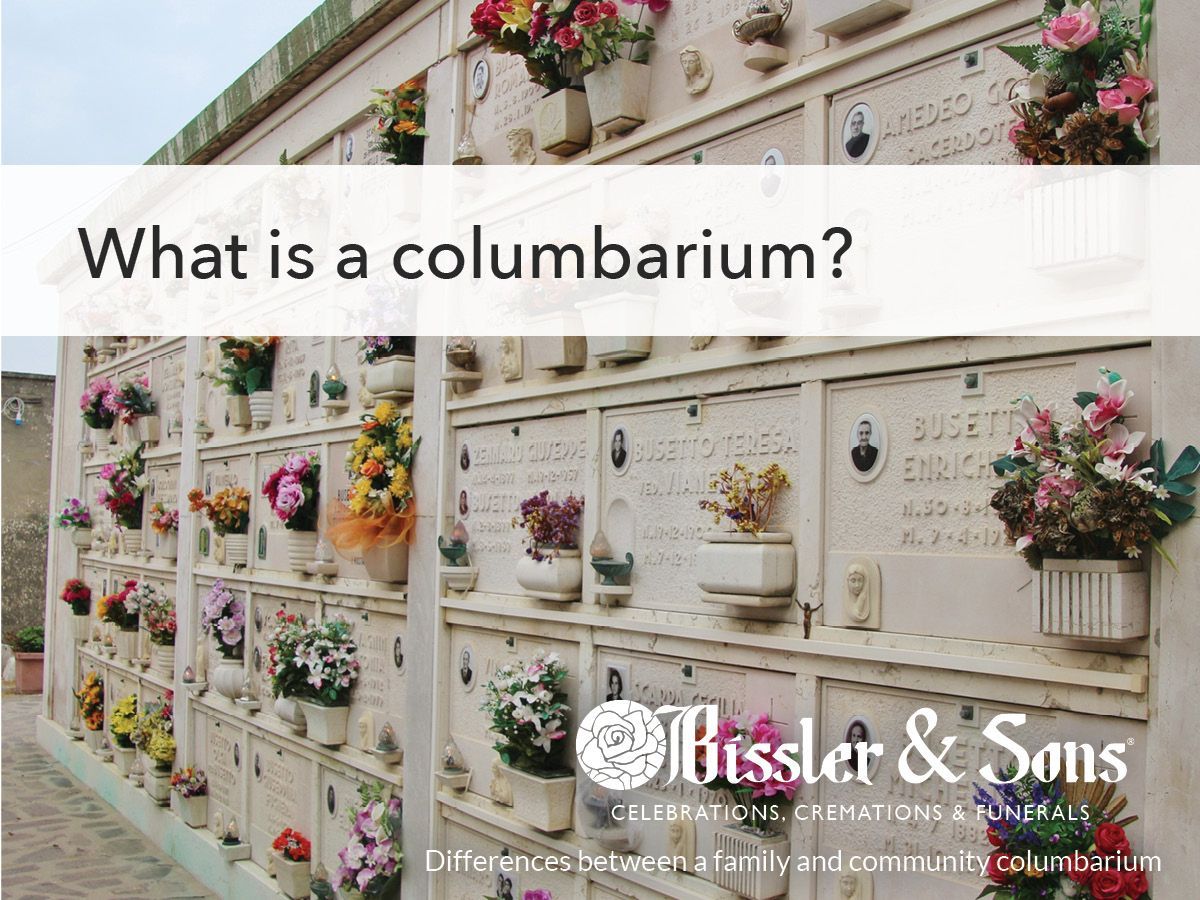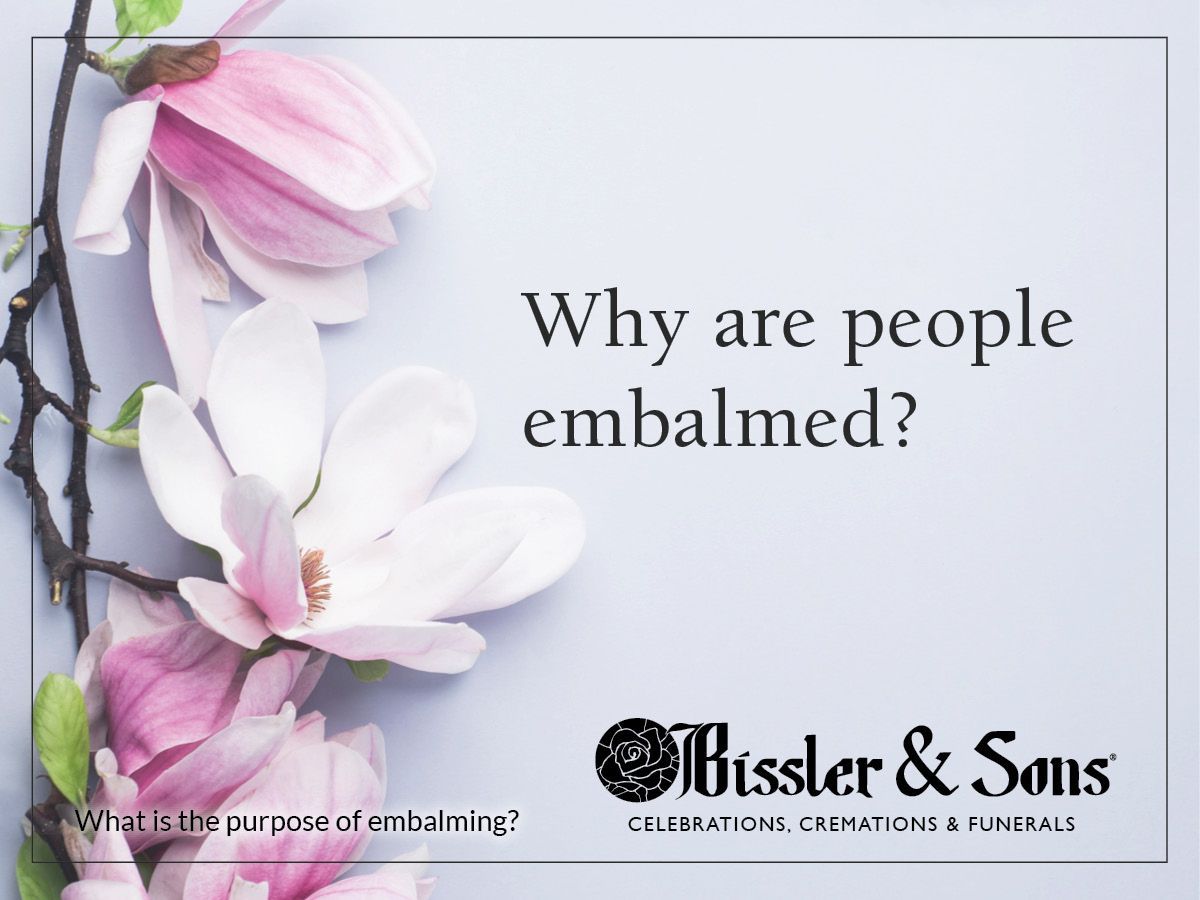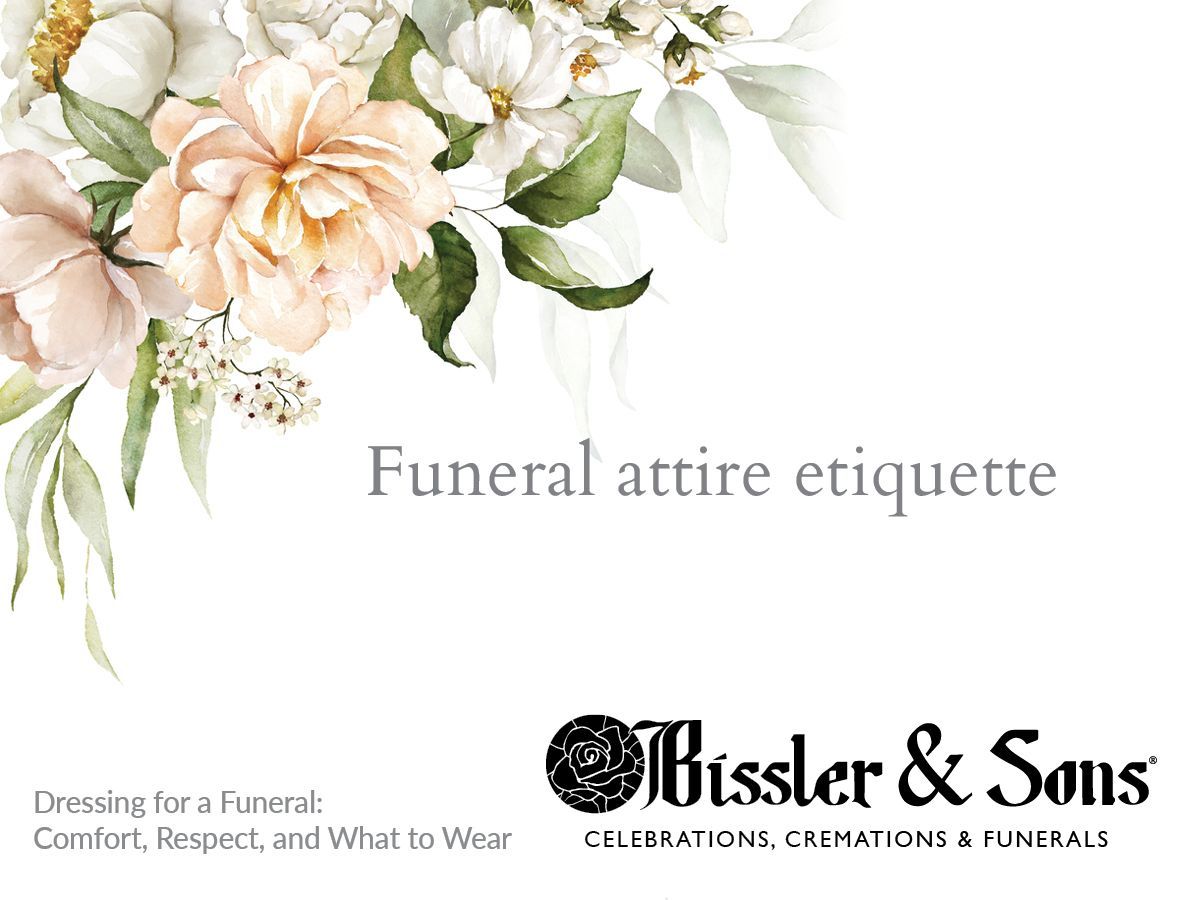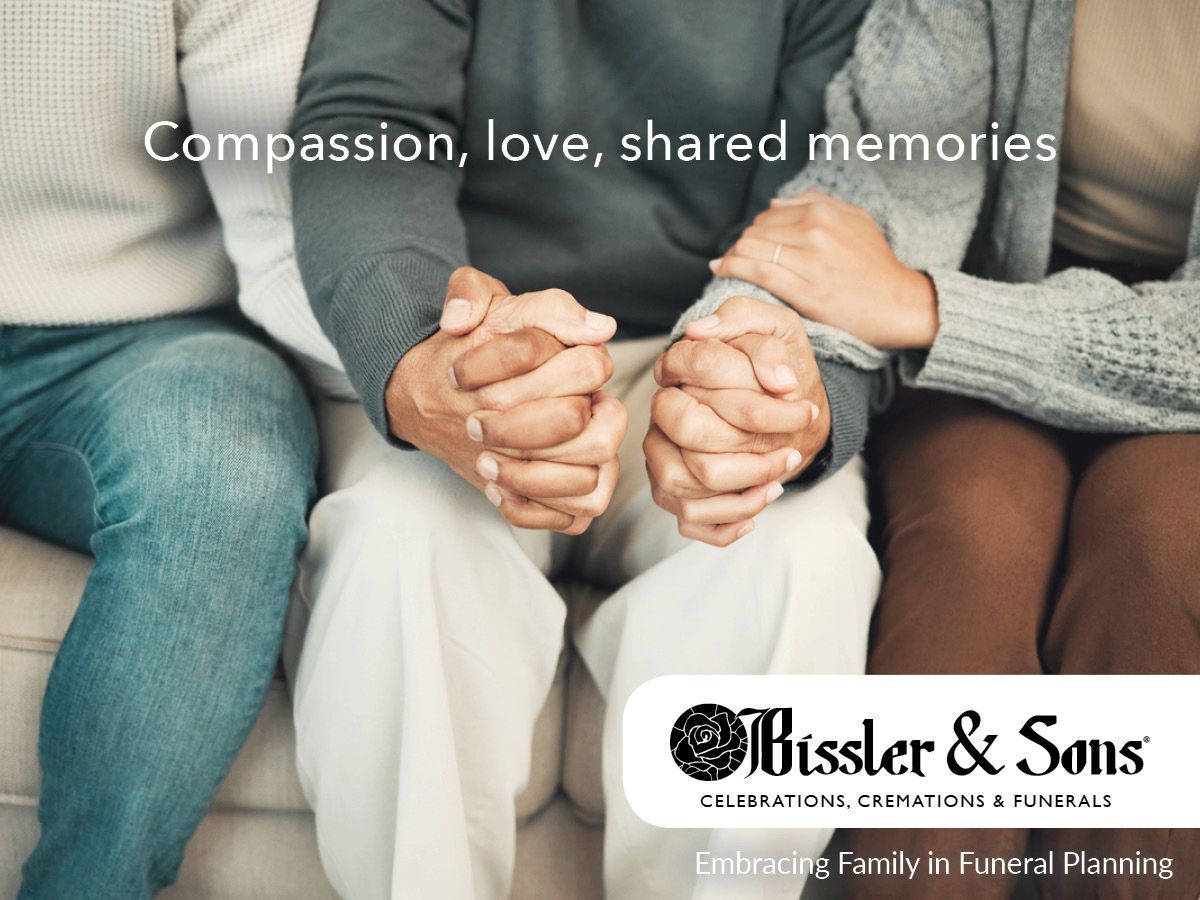Details Matter in Funeral Service – You Only Get One Chance to Get it Right
When we attend funerals, we don’t often think about what went into planning them. We only recognize how overwhelming the process can be until we’re the ones doing the planning. Let’s take a look at some of the crucial details you’ll need to address when preparing for a funeral.
Details to Consider in a Funeral Service
1. Choose the right funeral home.
The best way to prevent yourself from getting overwhelmed by all the details that come with funeral planning is by working with the right funeral home. If your loved one preplanned their funeral, you’ll most likely be working with the funeral home they chose. However, if they did not preplan, it’s up to you to screen and vet funeral homes to ensure that you find one that fits your needs. Start by compiling a list of the funeral homes in your loved one's area. Then, call them to ask some questions about their services and get a feel for their offerings.
Once you find a few funeral homes that you’re interested in working with, ask to make an appointment with a funeral director at each location you’re considering. While at your meeting, request a tour of the facilities to make sure that they can accommodate your plans, both physically and emotionally. You should also see how your compatibility is with the funeral director. As the funeral planner, you’ll be working directly with the funeral director for much of the planning process. You’ll also be leaning on this person for support, so you want to be sure that you feel that this funeral director would be a good fit for you.
2. Compile your loved one’s information.
Many things happen behind the scenes while you’re planning a funeral. You might not realize just how much paperwork is required to set this process in motion. So, to be sure that you have all the information that you need for your funeral director to fill out these forms, compile all of your loved one’s medical, financial, and personal documents. You’ll need these records for various reasons, from ensuring that you can receive insurance payouts in a timely manner to requesting multiple copies of your loved one’s death certificate.
Having all of this information will also be handy when it comes to writing an obituary. Although you can write one yourself, many funeral homes are able to assist you, giving you one less thing to worry about. But because the person writing the obituary might not have known your loved one very well, having information on hand about them would be helpful. So, in addition to personal documents, bring extra mementos, photos, and videos of your loved one so that the person writing the obituary can get a feel for who your loved one was.
3. Pick the services that suit your needs.
Deciding on which services to hold for your loved one can be overwhelming because there are far more options than many people think. When we think of a funeral, we often picture what’s referred to as a traditional funeral. This event invites funeral-goers to pay their respects, listen to a ceremony, and sometimes accompany the decedent and their family to a cemetery for their burial.
But the traditional funeral isn’t the only type of ceremony one can hold. You may want to include a wake, visitation, or viewing in addition to the funeral, which all serve different purposes. After the funeral, or instead of a traditional funeral, you may want a committal ceremony, which is done at the cemetery as you commit your loved one to the earth. If you have a more traditional funeral, you may also want a reception held after the ceremony. Some people opt to forgo the traditional funeral altogether and simply do either direct cremation or direct burial.
So, what’s the best choice for your loved one? If you’re not sure, a good place to start is by talking to your funeral director about their offerings. Many funeral homes are willing to accommodate different types of services beyond their traditional offerings. If you have a service you’re interested in holding, talk to your funeral director about your thoughts. If you have a budget in mind, ask them for a breakdown of the service prices as well.
4. Customize the services to your loved one.
Once you know which services you want to hold, the next step is to figure out how to customize them to who your loved one was. Customizing a funeral is very personal. No two funerals are alike because no two people are perfectly alike. One way to tailor a funeral to your loved one is by deciding what kinds of cultural and religious customs you want to include. You may want to talk with a community or religious leader to ask for ways to incorporate certain traditions.
Another way to customize a funeral is by considering what made your loved one happy in life and finding ways to fit those hobbies or traits into the services. For instance, if your loved one was most content with a crochet hook in their hand, you could consider asking family and friends to help you make a memorial blanket to place over their casket. Or, if your loved one enjoyed nothing more than a day out in the sun surfing, incorporate their surfboard into a display during the service. You could also put together a memorial slideshow, which could be shown during the service, projected on the walls of the reception or viewing, or put in a digital frame and displayed near the casket. In addition to the slideshow, you may want more photos of your loved one to decorate the ceremony. Talk to your funeral director about any photo printing services they offer.
5. Decide on the other people who will be involved.
Another crucial detail that can’t be overlooked is who else will be involved in the funeral. You’ll need someone to give a eulogy, but you may want to ask additional people if they’d like to make speeches, read a prayer or poem, or sing a song or hymn. You’ll also require the help of pallbearers to carry the casket. If someone would like to be a pallbearer but does not fit the physical requirements of the duty, you can ask them to walk with the pallbearers as an honorary pallbearer. Be sure that your funeral director is aware of who will hold either of these statuses.
You should also figure out who will be in a funeral procession. You must tell your funeral director who will be in the procession before the day of the funeral so that they can have everything prepared. Those in the procession will likely need a special flag indicating their status. The funeral director will also need to ensure that they are in the right place when the procession begins.
6. Choose your loved one’s final resting place.
Your loved one may have already chosen if they wanted to be buried or cremated. If not, it’s up to you to make that decision. If they also did not decide on their final resting place, that decision is yours to make as well. In the case of a burial, you’ll need to choose the cemetery, as well as the plot or mausoleum. You’ll also want to adhere to any religious or cultural guidelines when deciding how to bury your loved one, including what clothing they’ll be wearing. If you have the option for a green burial and choose to partake in one, you’ll also have to follow those restrictions as well.
If your loved one is to be cremated, you’ll need to pick out what you’d like to happen to their remains. Although you can keep their remains in an urn, you have many other options. You could have them placed in a special urn that will grow a memorial tree or make arrangements to put them in a burial reef ball, which functions as an artificial reef. Another common option is to scatter the ashes, although you’ll have to make sure you’re meeting all local, state, and federal restrictions.
There’s a lot to think about when planning a funeral. But with the help of the right funeral home, the details don’t have to be overwhelming. Funeral directors have years of experience tailoring funerals to suit every wish and need, and they’re honored to support you through the planning of a funeral that’s perfect for your loved one.
